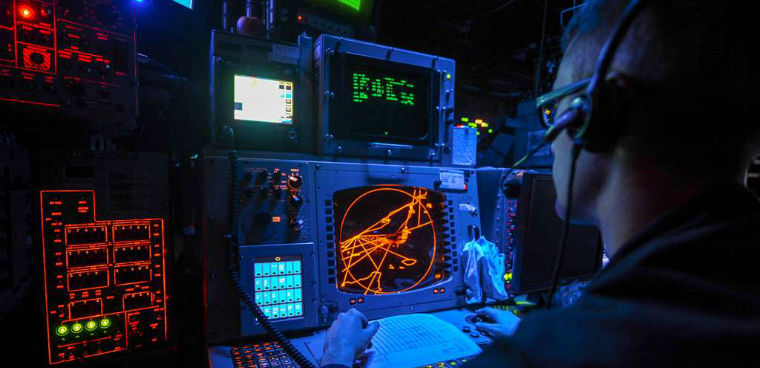Navy CIO: Future networks hinge on flexible acquisitions now

Navy CIO Aaron Weis wants to rebuild the service's network architecture to look and function more like industry, but acquisition culture and structure slow progress.

The Navy wants to rebuild its legacy networks but needs to speed up its acquisitions first, according to Aaron Weis, the military service's CIO.
"The acquisition teams that we have, they know what they need to do. I think they're hamstrung by the process," Weis said during an April 21 FedInsider webinar. "How do we take acquisition teams who are technically skilled and trained and give them the freedom and accessibility to go apply that in a different mindset and a time frame?"
Weis said that while there's awareness, the challenge resides with getting flexibility from Congress and with Navy budgets.
"I think people are aware of this, it's a matter of getting the flexibility from the financial side but also from the congressional side to give us the flexibility to move at that speed," he said.
Weis said the future networks of the Navy and Marine Corps won't have the same latency issues currently plaguing defense networks, and which are often due to multiple security checkpoints.
"It's 28 hops to get from the Pentagon just to the [Microsoft] Office 365 infrastructure plus three break and inspects along the way," Weis said. "It's pretty hard to have Office 365 be effective in that kind of environment."
Weis said the Navy will start building out new architecture and processes with Next Generation Enterprise Network Re-Compete.
The Navy awarded $7.7 billion to Leidos in February for NGEN-R, its largest IT services contract, to modernize and maintain shore-based networks for the Navy and Marines. Rival bidders Perspecta and GDIT are protesting that award, with a decision due date from the Government Accountability Office in June.
The service also awarded $1.4 billion to HPI Federal for the hardware portion.
Now, the Navy is looking to leverage the contract to "jumpstart" modernization with several network architecture teams to help design it with "no more and no less security than required," fewer hops, zero-based trust, and software-defined so the network can be segmented when needed.
"In preparation for that, we've already chartered a number of network modernization architecture teams, who are looking at what's that should be architecture that we need to be putting in place," Weis said.
But the award almost didn't happen, Weis said.
"One of the first things we really talked about was do we stop NGEN-R and reset it given what we thought we needed to do. The reality is, given the acquisition timeframes it probably would've set us back another year," Weis said.



